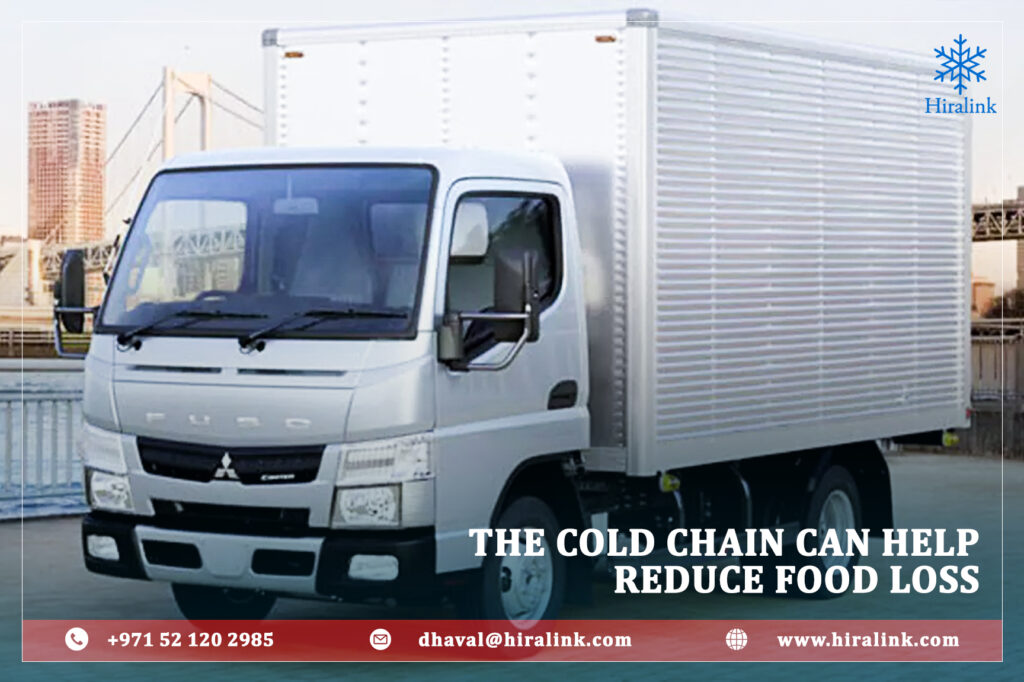Every year, millions of pounds of food are lost due to spoilage and waste. This is a massive problem for the environment and the economy, but there is a solution: the cold chain. The cold chain is a critical component of global food security and is an essential tool in the fight against food loss.
The cold chain is a network of refrigerated containers, warehouses, and transport vehicles that ensure temperature-sensitive products such as food, vaccines, and pharmaceuticals remain at safe temperatures throughout the supply chain. This helps to keep these items fresh and safe for consumption, preventing spoilage and extending shelf life.
How can the cold chain help reduce food loss?
The cold chain can help reduce food loss by ensuring temperature-sensitive items remain at safe temperatures throughout the supply chain. This helps to keep the items fresher for longer and reduces spoilage due to inadequate refrigeration or storage. In addition, the cold chain helps to protect food from contamination and adulteration, making it safer for consumption. Finally, the cold chain ensures food is delivered quickly and efficiently to its destination, reducing the risk of spoilage and waste.
What are some challenges of the cold chain?
One of the significant challenges of the cold chain is maintaining the correct temperature throughout the supply chain. This requires careful management of refrigeration units and vehicles, as well as energy-efficient solutions. The cold chain can also be costly to maintain, as it requires specialized equipment, personnel, and infrastructure. Finally, there is often a need for cold chain infrastructure in certain parts of the world, making it difficult to access remote or rural areas.
How can we overcome these challenges?
The best way to overcome these challenges is to invest in energy-efficient solutions, such as solar-powered refrigerators and insulated shipping containers. This will help reduce costs while maintaining a safe and efficient cold chain. Additionally, investing in training and technology can help improve cold chain infrastructure in remote or rural areas. Finally, governments can play a role in encouraging better cold chain practices by providing financial incentives to those who use them.
Conclusion
The cold chain can be a powerful tool in reducing food loss. It helps preserve food quality for extended periods, preventing it from spoiling prematurely. Creating a more efficient and effective way of transporting food can also help reduce the environmental impact associated with wasted food.


